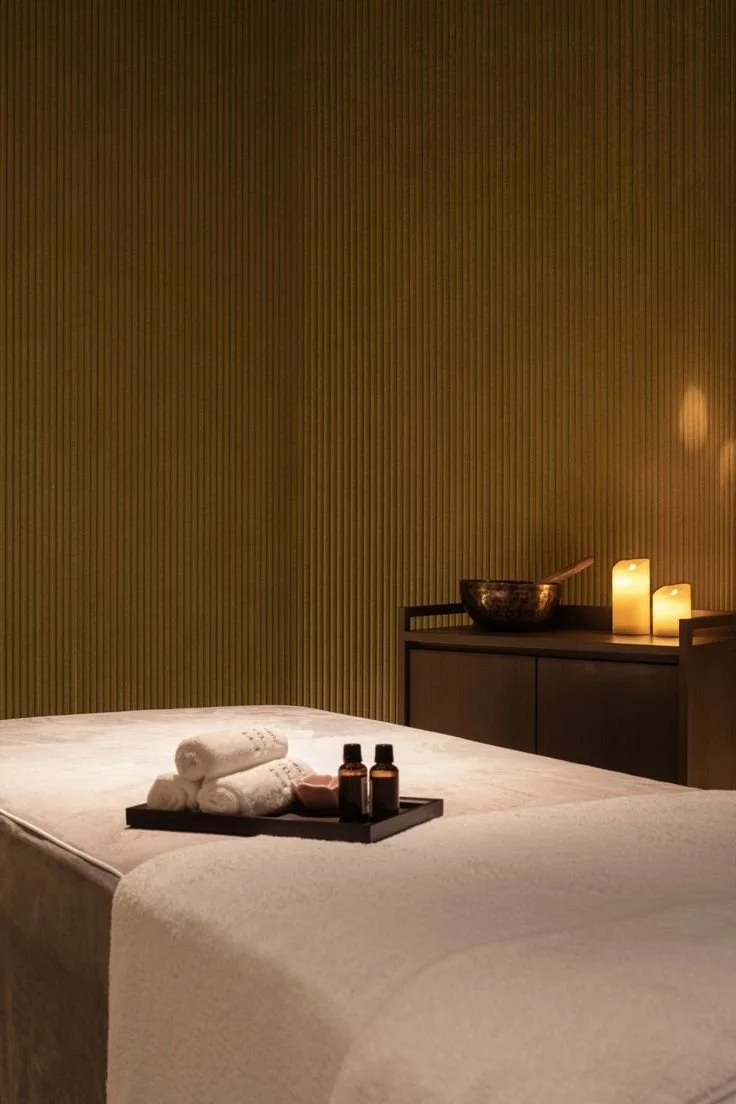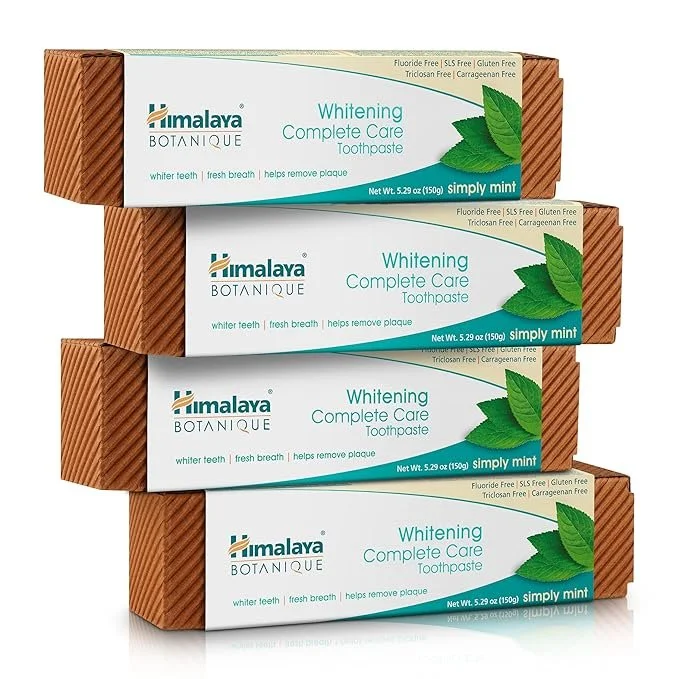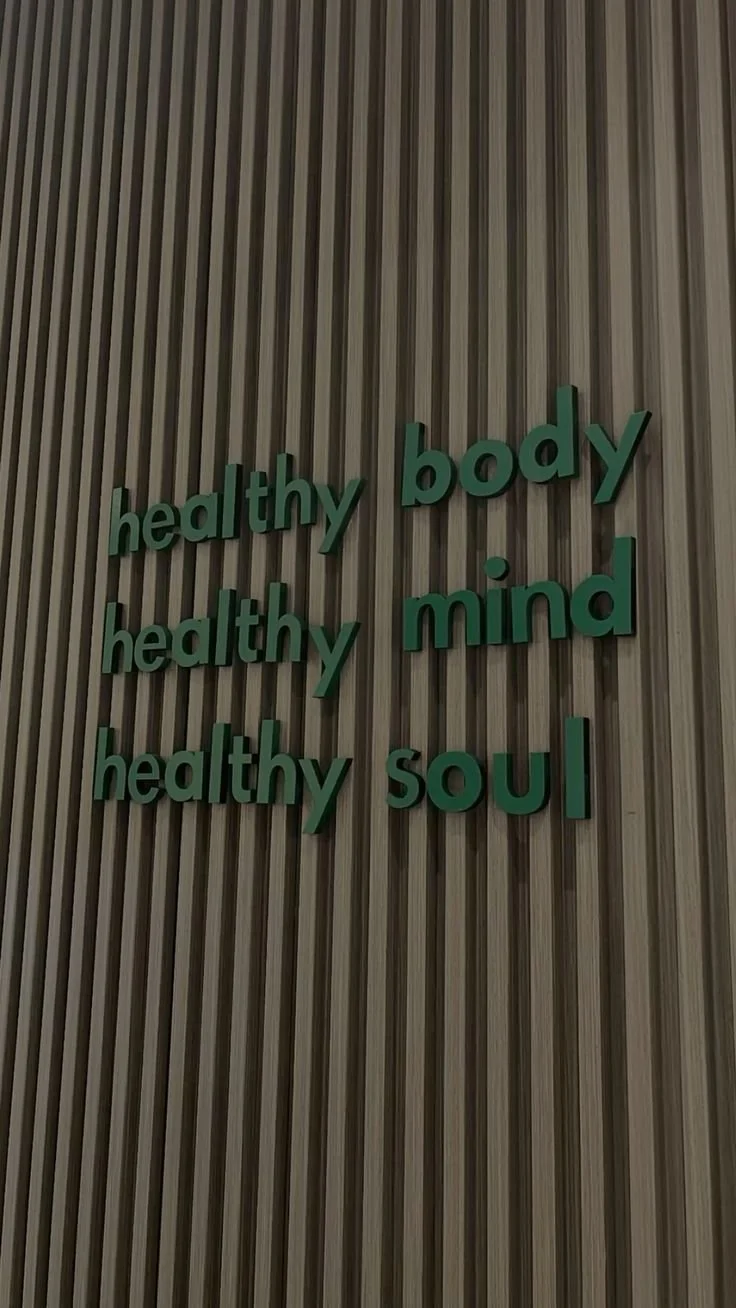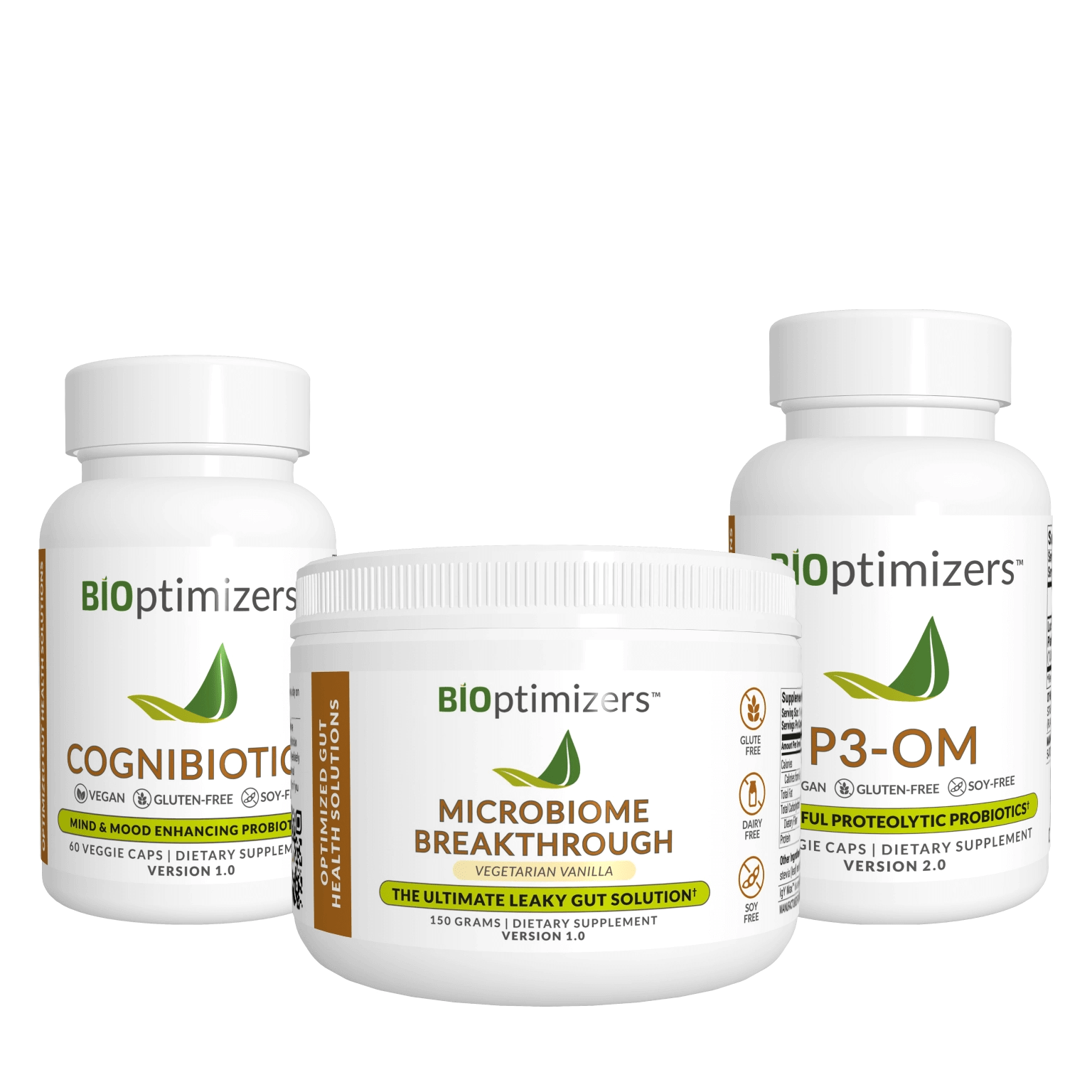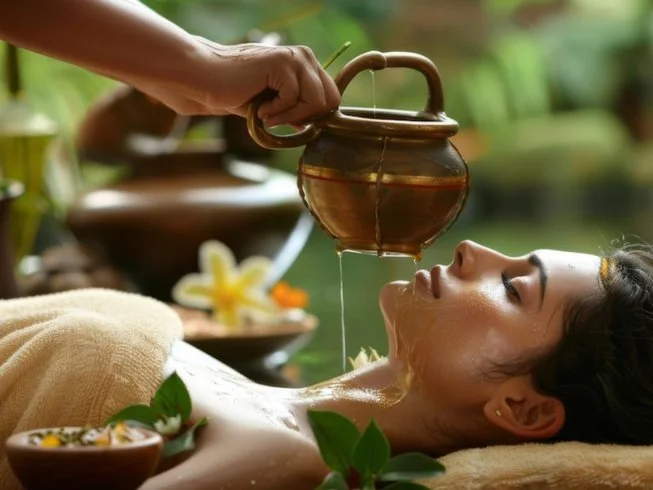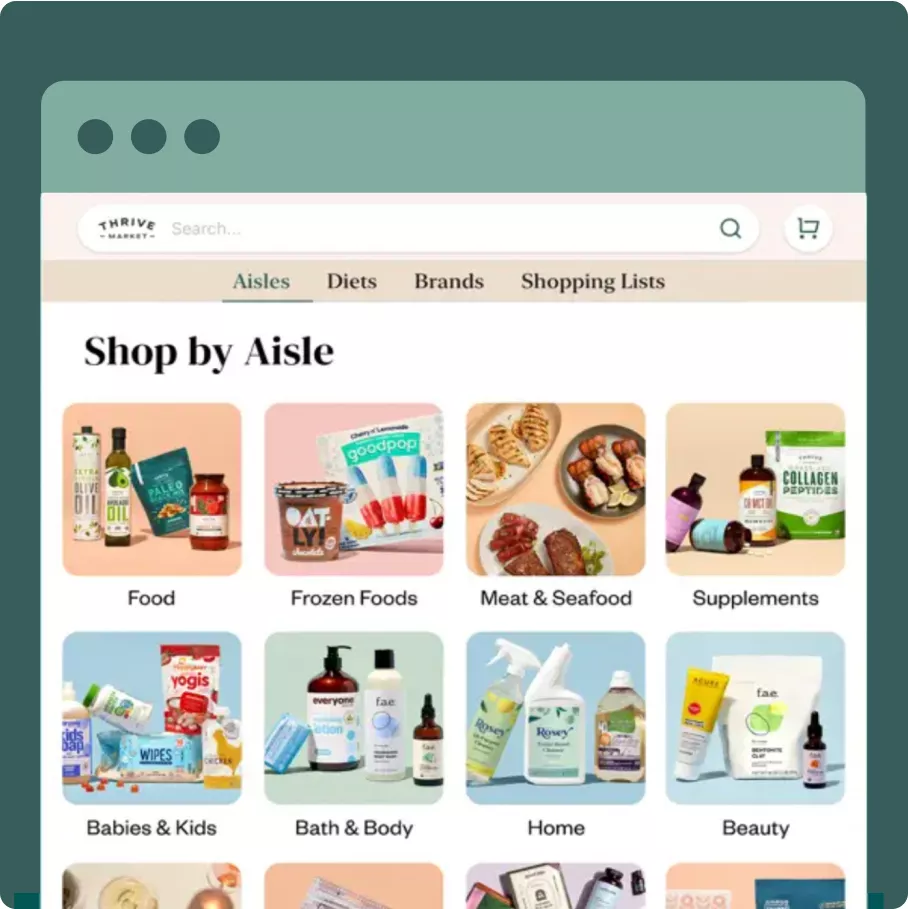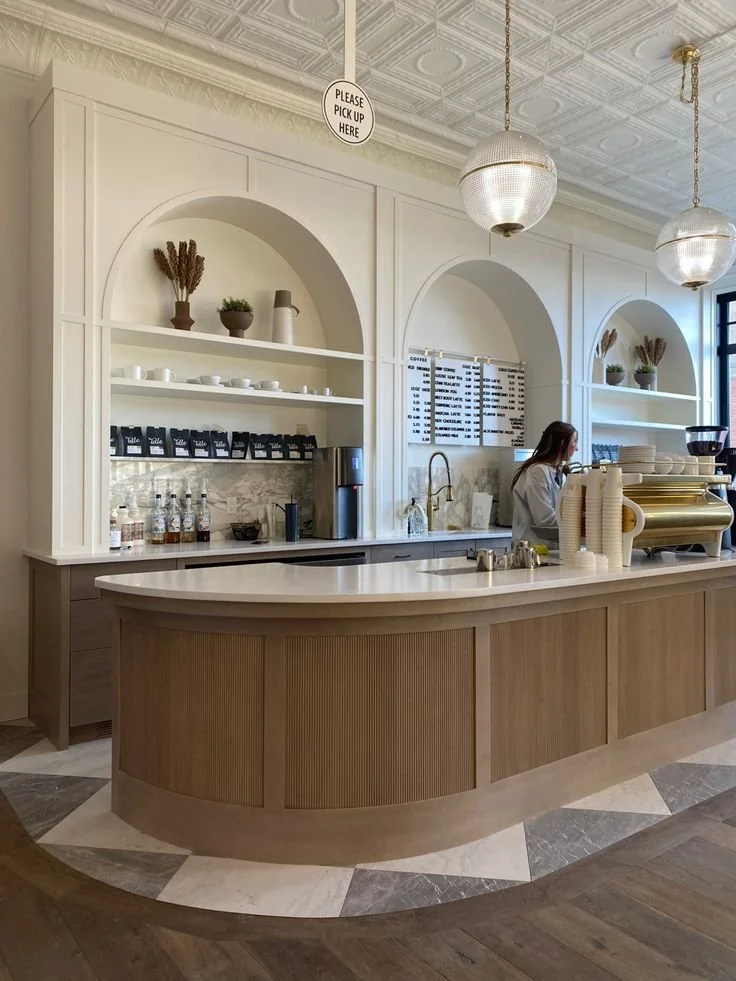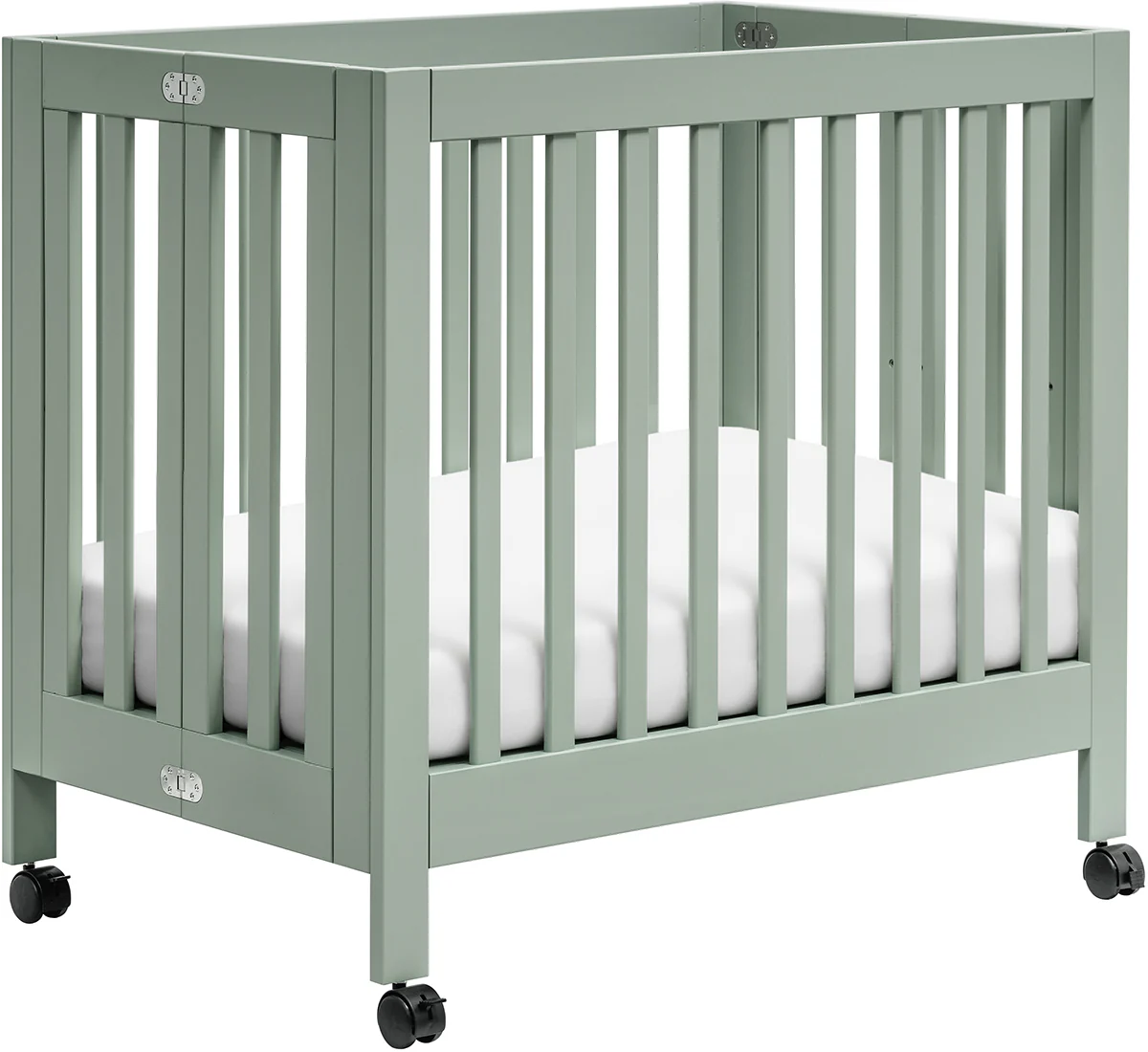You don’t need to be a doctor to take control of your health. While it’s impossible to know everything about your body, educating yourself on key health topics can significantly reduce your risk of illness, improve your quality of life, and empower you to make informed decisions. In an age where information is at your fingertips, taking the time to understand your body is one of the most valuable investments you can make.
In this article, we’ll explore eight essential healthcare topics that every individual should learn about. From interpreting blood test results to understanding the science of sleep and vaccines, these areas offer the greatest return on your effort—helping you live longer, feel better, and take charge of your well-being.
No. 1
How to Read Your Blood Test Results
One of the most empowering things you can do for your health is to educate yourself and learn how to interpret your blood test results. While doctors often provide a summary, understanding the numbers yourself allows you to take a proactive role in managing your health.
Why It Matters:
Detect early signs of disease
Monitor chronic conditions
Adjust lifestyle habits based on real data
For instance, knowing your cholesterol, blood glucose, vitamin D, and inflammatory markers can guide your decisions about diet, exercise, and supplementation. Instead of waiting for a doctor’s interpretation, you’ll be able to spot trends and take action early.
No. 2
The Difference Between Risk Factor and Cause
Understanding the distinction between a risk factor and a cause is crucial in evaluating your health risks and making better decisions.
A cause is the direct reason a disease occurs (e.g., a virus causing an infection).
A risk factor increases the likelihood of developing a disease (e.g., smoking increases the risk of lung cancer).
Doctors often focus on causes, but risk factors are just as important—especially for prevention. For example, chronic stress is a risk factor for heart disease, even though the immediate cause may be a plaque rupture in an artery. By addressing risk factors, you can significantly reduce your chances of developing serious illnesses.
No. 3
Sleep Physiology: The Foundation of Health
Sleep is not just rest—it’s a vital biological process that impacts nearly every system in your body. Learning about sleep physiology helps you understand how to optimize your rest and avoid common sleep disorders.
Benefits of Quality Sleep:
Enhances memory and cognitive function
Reduces the risk of hypertension and atrial fibrillation
Improves mood and reduces symptoms of depression
Lowers your risk of accidents and injuries
Conditions like sleep apnea often go undiagnosed but can be detected through sleep tracking apps or wearable devices. If you frequently wake up feeling groggy, it may be worth investigating further. Improving your sleep can lead to dramatic improvements in your overall health and productivity.
Luminette
Boost your energy. Optimize your sleep.
With the Luminette® light therapy glasses, experience year-round energy boost and improve your sleep patterns.
Save with code: STINA12
No.4
Hearing Health and Protection
Hearing loss is often seen as an inevitable part of aging, but in many cases, it’s preventable. Educating yourself on hearing health can help you preserve this vital sense for as long as possible.
What to Learn:
Causes of hearing loss (e.g., noise exposure, ototoxic medications)
How to use hearing protection in noisy environments
The importance of regular hearing checks, especially if you work in a loud industry
Many audiologists now offer patient education in hearing care to help individuals understand how to protect their ears. Avoiding loud environments and using proper ear protection can prevent both gradual and sudden hearing loss.
No. 6
Basic Cancer Screening Guidelines
Early detection is one of the most effective ways to reduce cancer mortality. Learning about cancer screening guidelines helps you stay ahead of potential health issues.
Recommended Screenings:
Colonoscopy at age 45 to detect colon cancer
Mammograms for women over 50 to screen for breast cancer
Low-dose CT scans for long-term smokers to detect lung cancer
Following these guidelines can lead to early diagnosis and more successful treatment outcomes. Multiple Cochrane reviews confirm the effectiveness of these screenings in reducing lifetime cancer risk.
No. 7
Gut Microbiome: Your Internal Ecosystem
The gut microbiome—the trillions of bacteria living in your digestive tract—plays a critical role in your health. Once overlooked, this area of research is now central to understanding chronic disease, immunity, and even mental health.
Why It’s Important:
Produces butyrate, a compound linked to reduced heart disease risk
Influences inflammation, immune response, and metabolism
Affects the expression of DNA in surrounding tissues
A diet rich in fiber, fermented foods, and plant-based nutrients supports a healthy microbiome. Conversely, a diet high in processed foods and red meat can disrupt gut balance, increasing the risk of conditions like IBS, obesity, and colon cancer.
No. 8
Exercise Physiology: Train Smarter, Not Harder
Many people spend hours at the gym without seeing results because they don’t understand exercise physiology. Learning how your body responds to different types of exercise can help you train more efficiently and avoid injury.
Key Concepts to Explore:
The difference between Zone I, Zone II, and HIIT training
How to balance aerobic and anaerobic workouts
The role of recovery, mobility, and progressive overload
By diversifying your workouts and understanding how your body adapts, you can maximize your fitness results in less time. This knowledge also helps you prevent overtraining and burnout.
Takeaways
As we’ve explored in this article, educating yourself on key health topics can transform your life. You don’t need a medical degree to understand your blood tests, improve your sleep, or protect your hearing. With a little effort, you can gain the knowledge needed to make smarter choices, reduce your risk of disease, and live a longer, healthier life.
From understanding the gut microbiome to mastering exercise physiology, these topics offer high-impact benefits with relatively low time investment. The more you know, the better equipped you are to advocate for yourself, ask the right questions, and take proactive steps toward optimal health.
So take the time to learn, explore, and apply what you discover. Your future self will thank you.
For more expert health insights, practical wellness tips, and science-backed advice, be sure to check out the rest of our blog.
Looking for Wellness resources?
Are you looking to enhance your wellness routine? Explore our wellness partners who offer a wide range of resources to support your journey toward holistic living and well-being.





























